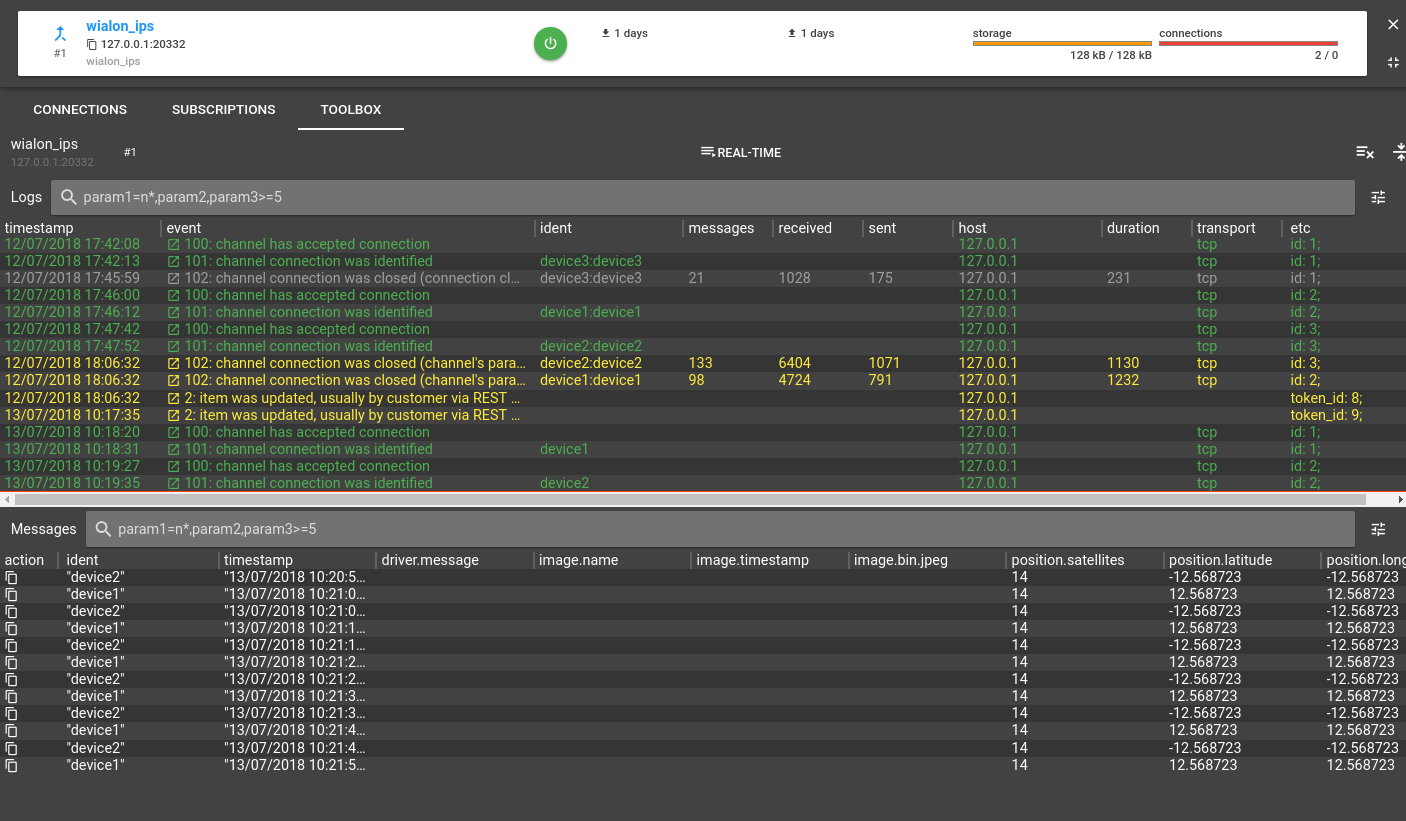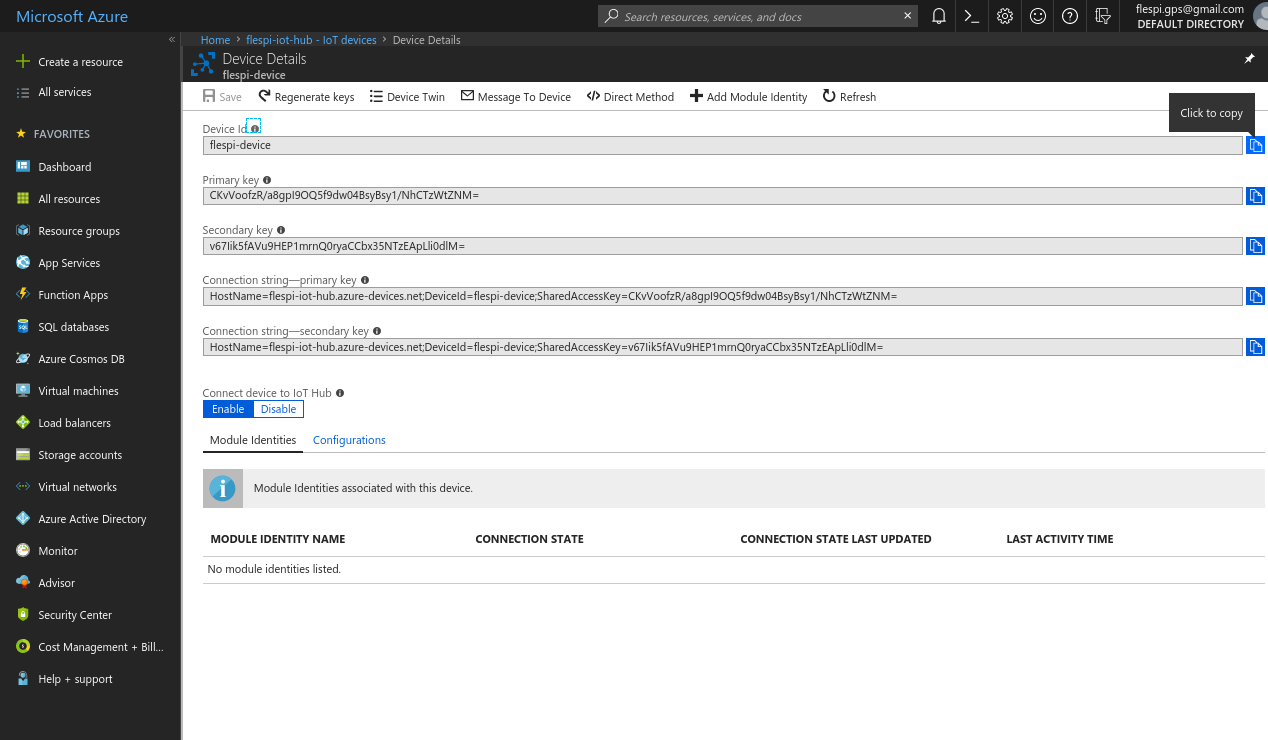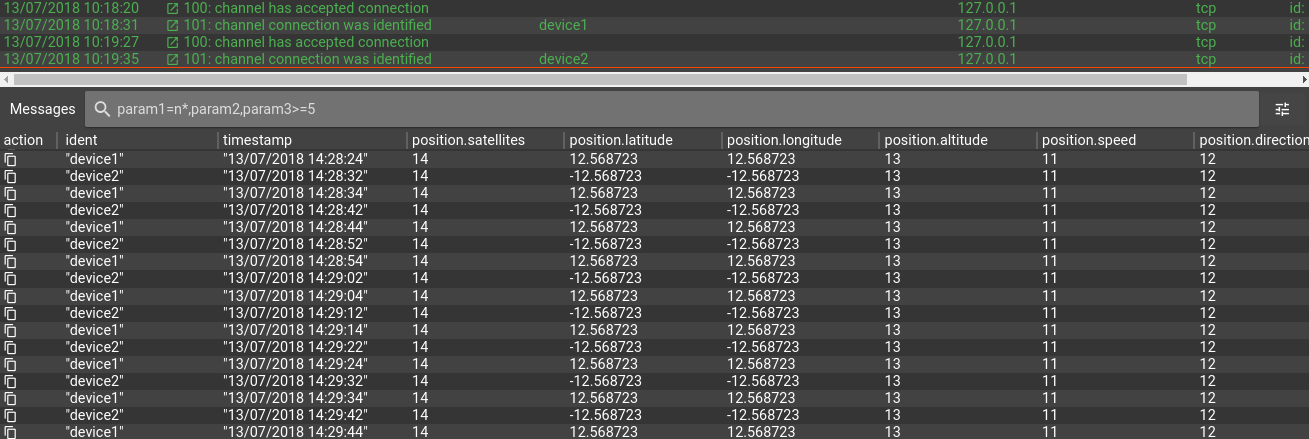Today we will combine the power of Microsoft Azure IoT and flespi telematics hub — a powerful cloud IoT intelligence platform and a universal cloud platform for GPS and IoT connectivity.
You can always read the promotional and commercial details about both platforms on their official websites, so I will save you time and move straight to the nitty-gritty. Below is nothing but clear, bullet-point instructions which follow this scenario:
Create a channel in flespi
Add a channel that will pump the device messages into the flespi platform. Pick the protocol it will work over. You may also create a flespi device (optional) for each physical GPS tracker to group their messages together and have convenient access to them.
Hint: check the videos on how to create a channel and how to create a device in flespi.
Create Azure IoT Hub and IoT device
At this step we switch to Azure to create the IoT Hub and then create the IoT device:
Connect the flespi channel with Azure IoT device
Click the plus button at the bottom right corner on the Streams page of the flespi panel to create a new outgoing stream. Pick the azure_iot protocol and fill in the required fields:
Hint: check the video on how to create a stream in flespi.
In azure_iot stream configuration specify hostname, device_id, and device_policy_key; you can copy those from the Azure portal:
hostname:
device_id:
device_policy_key:
Once enabled the stream will send telemetry messages into messages/events endpoint of the specified Azure IoT device. And don’t forget to subscribe the stream to the channel messages!
Create an Azure function
Follow the instructions on how to create an Azure function here.
Create Azure Cosmos DB
Create free instance of Azure Cosmos DB with selected API here.
Combine MS Azure IoT Hub, Azure function, and Cosmos DB
New to Azure functions? Check for details here.
A basic Azure function requires a configuration file and a code file. Here is what I came up with:
function.json:
{
"bindings": [
{
"type": "eventHubTrigger",
"name": "IoTHubMessages",
"direction": "in",
"path": "flespi-iot-hub",
"connection": "flespi-iot-hub_events_IOTHUB",
"cardinality": "many",
"consumerGroup": "$Default"
},
{
"type": "documentDB",
"name": "device1",
"databaseName": "outDatabase",
"collectionName": "device1_collection",
"createIfNotExists": true,
"connection": "flespi-cosmos-db_DOCUMENTDB",
"direction": "out"
},
{
"type": "documentDB",
"name": "device2",
"databaseName": "outDatabase",
"collectionName": "device2_collection",
"createIfNotExists": true,
"connection": "flespi-cosmos-db_DOCUMENTDB",
"direction": "out"
}
],
"disabled": false
}The above file configures my Azure function to execute every time a message arrives at my Azure IoT Hub instance and output the execution result into ‘device1’ and ‘device2’ collections of my Azure Cosmos DB.
index.js:
module.exports = function (context, IoTHubMessages) {
context.log(`JavaScript eventhub trigger function called for message array: ${IoTHubMessages}`);
var devices = new Object(); // create collection of devices
IoTHubMessages.forEach(message => {
var deviceId = message.ident;
if (deviceId.indexOf(':') !== -1) {
deviceId = deviceId.split(":")[0]; // skip password, if any
}
if (devices[deviceId]) {
// device is already registered
var device_messages = devices[deviceId];
device_messages.push(message);
} else {
// register new device
var device_messages = [];
devices[deviceId] = device_messages;
device_messages.push(message);
}
});
for (var device in devices) {
// output device messages into corresponding collection
var device_messages = devices[device];
context.log(`device: ${device} - messages: ` + JSON.stringify(device_messages));
context.bindings[device] = device_messages;
}
context.done();
};This is my source code file (written in Javascript). It groups messages by devices, finds the corresponding output bindings, and sends them out to respective collections. The appropriate collection will be created in Cosmos DB as we specified “createIfNotExists”: true in the configuration file, and devices messages will be stored as documents in Cosmos DB collections.
Finally, let's bring it all together and see how messages from devices connected to the flespi channel populate Azure Cosmos DB collections.
Logs are the ultimate weaponry of a developer. You can track the entire journey of telematics messages from GPS trackers to MS Azure IoT.
messages in flespi channel:
messages streamed to MS Azure IoT Hub:
messages are processed by Azure Function:
messages happily reside in Azure Cosmos DB collections:
As a conclusion
Azure IoT is a very clever and powerful cloud platform. But it can’t parse data from various GPS trackers that communicate over a variety of protocols. Hey, that is exactly what the flespi telematics hub was invented for! Combining these two together brings synergetic power to your projects and business opportunities.
Hometask
Using the approach described in this article it’s possible to rename parameters so that they have shorter names (e.g. “lat” instead of “position.latitude”) or limit the set of parameters that are translated to MS Azure IoT Hub. Go ahead and try!












